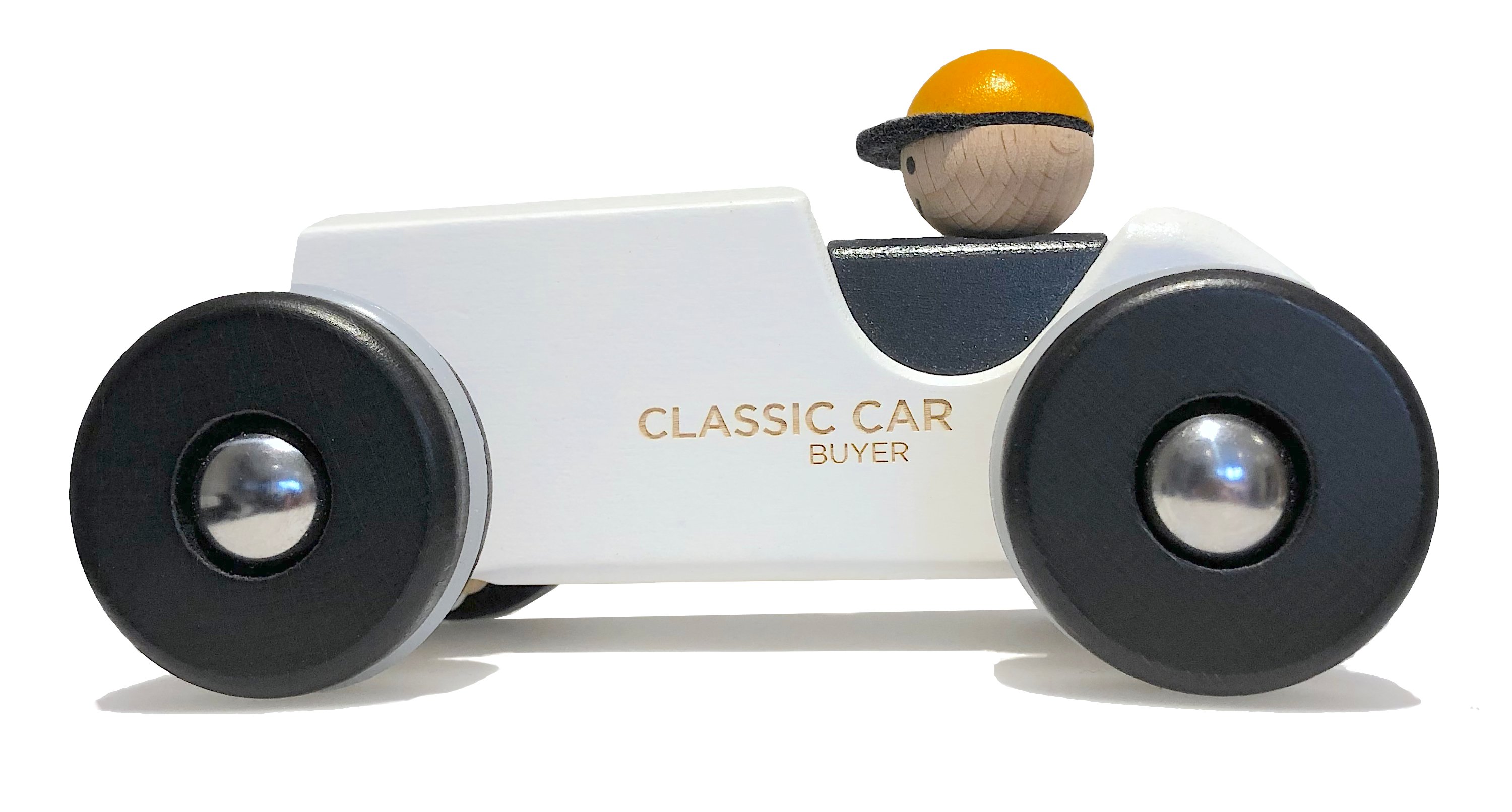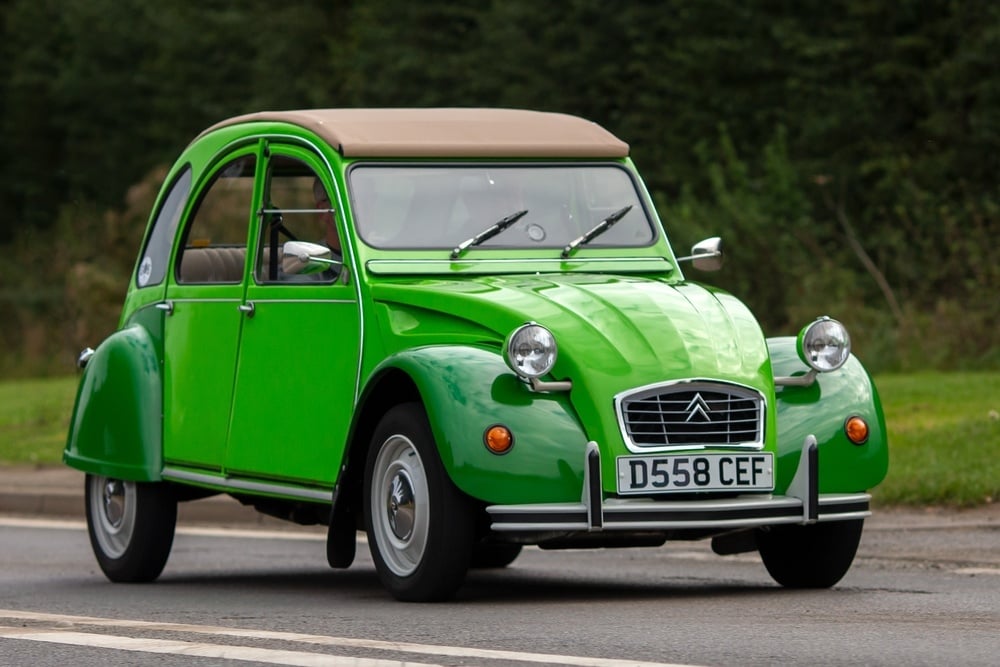The Porsche 911 has captured the hearts of drivers for over half a century. With its unmistakable...
Now here we have a humble, yet iconic, vehicle - the Citroën 2CV. Often affectionately known as the ‘Deux Chevaux’ or ‘Tin Snail’, this quintessentially French car just oozes functionality and quirky charm. An economy car, it was made by Citroën from 1948 up until 1990 and entered into existence as a way to help motorise the many French farmers still using a horse and cart as a mode of transport.
Let’s have a deeper look at the history and significance of this little beauty…
Success, spuds and eggs
Originally conceived in the 1930s, amidst the tumultuous backdrop of economic uncertainty and impending war, the Citroën 2CV was envisioned as an affordable, maintainable vehicle for the masses. Designed by engineer Pierre-Jules Boulanger, its development was driven by a mission to create a car capable of carrying two farmers and a sack of potatoes (or a basket of eggs) across rough rural terrain—a feat it accomplished with remarkable success.
Known to start with as the TPV - the Toute Petite Voiture (Very Small Car) - the car went through 47 prototypes, with the first ones having a bare chassis and only one headlight.
By 1939 the TPV was considered ready for release, with its water-cooled flat twin engines, front-wheel drive and seats that consisted of hammocks hung from the roof by wires. However, when the second world war started, the Paris Motor Show was cancelled with less than a month to go, and the release of the newly re-named 2CV was put on hold. The 2CV project was hidden from the Nazis during the war, as it was feared that the cars might have been repurposed with a military use in mind, as was later the fate of the Volkswagen Beetle. Several of the 2CV cars were buried, some were destroyed, and the designers spent the war years thinking of further improvements to make when the time was right, such as adding tubular steel framing for the seats.

Quirky, quirky
What the 2CV might have lacked in conventional vehicle aesthetics, it more than made up for in character. Its distinctive silhouette, characterised by a curved roof resembling a snail’s shell, elicited both fascination and amusement at the time. With a minimalist approach to design, the 2CV featured a canvas roof that could be rolled completely back, offering passengers an open-air driving experience - a bit of a rare luxury back in the day. The sunroof even stretched back to cover the boot, right up until 1955. The fuel level for the early models had to be checked with a dipstick, and the car was the first to be designed around the use of radial tyres.
Enduring popularity
Eventually introduced to the public in 1948 at the Paris Motor Show, the Citroën 2CV quickly captured the imagination of post-war Europe. Its affordability, durability and fuel efficiency made it a beloved companion for generations of drivers, from urban commuters to rural users. It was a great success, and within months of going on sale there was a three month waiting list, which quickly rose to five years! Interestingly, Citroën prioritised the sale of the cars to those who most needed it for work, such as vets, doctors and priests.
Over the years, the cars have become a canvas for artistic expression through custom paint jobs and modifications. More than 3.8 million of the cars were produced in total, which shows just how popular they became.

Engineering ingenuity
Beneath its unassuming exterior lies some pretty marvellous engineering. The 2CV boasted a robust chassis designed to withstand the rigours of rough terrain, while its advanced suspension system provided a surprisingly comfortable ride even on bumpy roads. The air-cooled, horizontally opposed twin-cylinder engine may have been modest in power output, but it delivered reliable performance and exceptional fuel efficiency - in all, a winning combination for budget-conscious drivers.
I think this car stands out so much because - in an era now so dominated by high-tech cars - its simplicity, charm and little bit of French flair is so different to so many other cars both now and of its time. Although production of the Citroën 2CV ceased in 1990, its legacy lives on through dedicated collectors throughout the world. Prized for its simplicity, reliability, and timeless design, the 2CV has become a sought-after classic car, with well-maintained examples fetching decent prices at auction, and quite rightly so.








